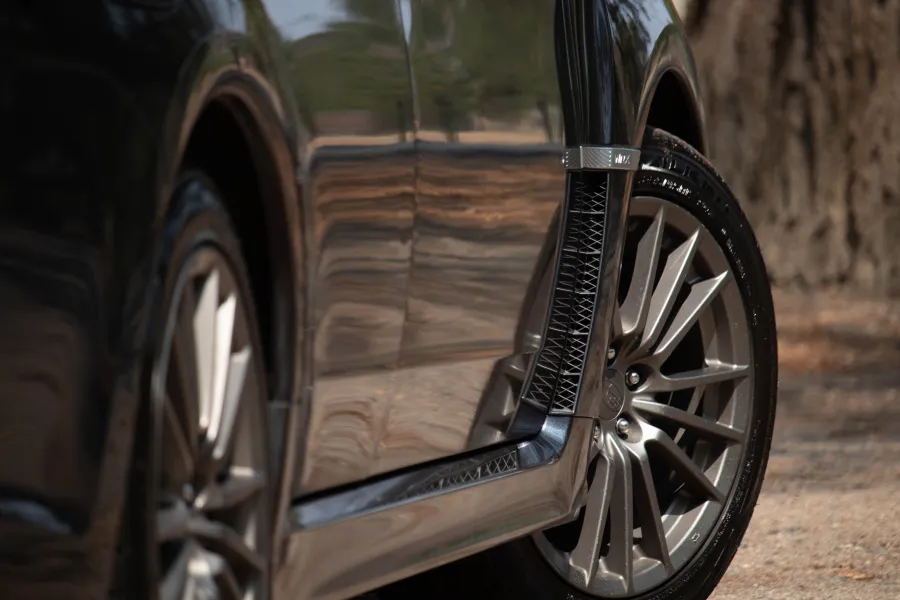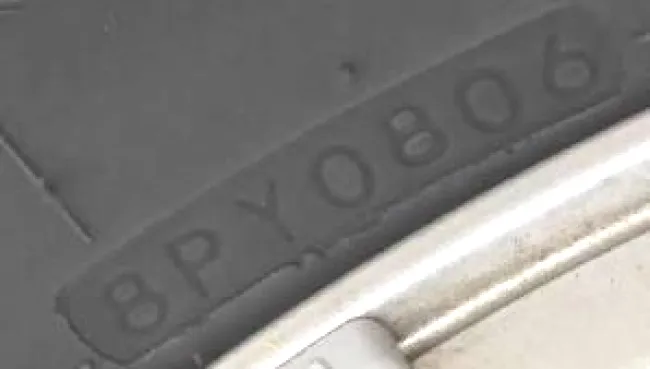Tires and Alignment

Competitively Priced Tires From Braxton Automotive
Braxton Automotive Group, Inc. offers a full line of premium and value brand tires to choose from...all at competitive pricing. Why buy tires from us?
- Competitive pricing
- Lifetime free rotation
- Free tire hazard warranty
When Do You Need New Tires?

1. Age of Tire

2. Treadware

3. Element Exposure
Our Tire Replacement Service
Considering tires are your vehicle's only contact with the road, it is very important to your safety to maintain them and replace them when necessary. When buying new tires, always think about how you will use your vehicle. What type of weather do you drive in? Do you travel often, stop quick, go off-road? When radial tires are used with bias or bias belted tires on the same car, the radials must always be placed on the rear axle. Never mix radial and bias-ply tires on the same axle. A single new tire should be paired on the rear axle with the tire having the most tread depth of the other three. Stop by and we will make sure you get the tires best suited for your needs.
What does the code on the side of your tires mean?
All tires have a series of numbers and letters on the side of them. It looks like jibberish, but each letter and number stands for something important pertaining to the tire. For example, let's decode the tire number 225/50R17 94V.
- 225 = Section Width in Millimeters
- 50 = Aspect Ratio
- R = Radial Construction
- 17 = Rim diameter in inches
- 94 = Load Index
- V = Speed symbol
Tire Load Index
The tire load index lets the consumer know how much weight the tire can hold. Using the example above, the tire load index is 94. That means the tire can support 1,477 pounds when at maximum air pressure. Multiply that by four (1477 x 4 = 5908) and that is the maximum load your car can carry. It is important not to install tires with a lower load index than the original factory-installed tires.
Tire Pressure
A tire will last longer when it has the correct amount of air pressure. Along with a longer tire life, the correct air pressure allows your car to drive smoother and helps save on fuel usage. Tires lose air at a faster rate than you might think. Depending on the temperature, tires lose at least one to two pounds a month. It is suggested that you check your tires' air pressure every other time you fill up your tank. Be sure to check your owner's manual for the correct tire pressure for the front, rear and spare tires. If you do not have an owner's manual, the tire pressure can be found on your car's placard, usually attached to the door's edge.
TPMS
The Tire Pressure Monitoring System, or the system in your car that measures the tires' air pressure, is in most 2006/2007 vehicles and in all models made thereafter. The TPMS light will come on when your tires' air pressure drops 25 percent below the manufacturer's recommended level, warning the driver to add air. TPMS decreases tirewear, improves your vehicle's handling and saves you on fuel, all while keeping you safe.
